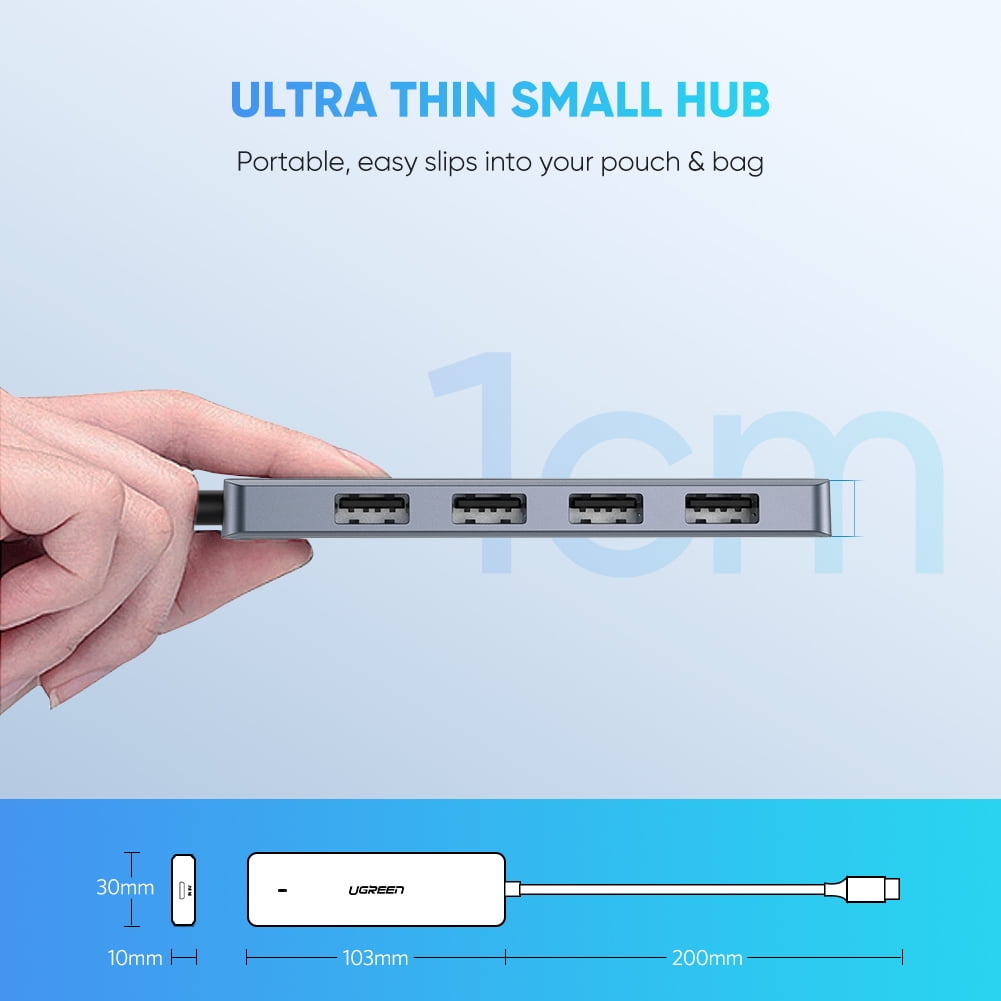
On the few occasions I've hit similar bugs (most recently with a KVM), the Apple engineers did follow up with some interest.
#Imac 2016 ports pro
The Apple folks are the only ones in a position to dig through those crashes and figure out what happened. The MacBook Pro 'Core i5' 2.9 13-Inch (Late 2016 Retina Display, Touch Bar, Four Thunderbolt 3 Ports) features a 14 nm, 6th Generation 'Skylake' 2.9 GHz Intel 'Core i5' processor (6267U), with dual independent processor 'cores' on a single silicon chip, a 4 MB shared level 3 cache, 8 GB of onboard 2133 MHz LPDDR3 SDRAM (which could be upgraded.
#Imac 2016 ports software
The Apple support folks you've chatted with have probably also suggested something similar.Ĭrashes can be due to host software bugs, or software bugs secondary to USB level hardware weirdnesses. That might show some additional details that might point to a trigger.Īlternatively, simplify the configuration, and consider moving the printers and scanners out onto the local network - host-attached printing devices and related have never been a particular favorite of mine - and consolidate the disk storage into fewer enclosures and possibly also migrating from USB 3 over to Thunderbolt or out onto network attached storage (NAS) devices as appropriate. Also see the associated Apple QA1370 USB technical QA. (I think the USB Prober tool is only available with membership in the Apple Developer Program AFAIK that tool not in the App Store freebie Xcode download.) That'll show you some more details of what's actually visible to the OS X host system. If youre using a Thunderbolt or Thunderbolt 2 cable with a Mini DisplayPort display, this solution wont. Thunderbolt and Thunderbolt 2 are not the same as Mini DisplayPort, though the ports have the same shape. This is the correct solution for the Apple Thunderbolt Display. Via a bus analyzer, one apparently-working configuration showed ~30% of the entire USB bus bandwidth was going to error and error-recovery traffic, and that's not the only weird stuff I've seen transpire on USB.įailing that analyzer availability, you might try scanning your USB bus with the USB Prober tool, which is an add-on component for Apple Xcode part of the hardware I/O tools. device, use the Apple Thunderbolt 3 (USB-C) to Thunderbolt 2 Adapter. The usual and best way to troubleshoot these cases involves a USB bus analyzer, and those aren't the cheapest devices around.

Even the flash devices can be flaky there are various ways those can be wrong or different, or the file system formatting can sometimes itself be wacky.
Whatever's going on here is likely configuration-specific bad cables, flaky or bad hubs, or problems with a device.

I'd wonder whether somebody here will get to the bottom of this, short of guessing at triggers and swapping parts, and the Apple support folks you've directly discussed this with have undoubtedly already provided that and some related suggestions.


 0 kommentar(er)
0 kommentar(er)
